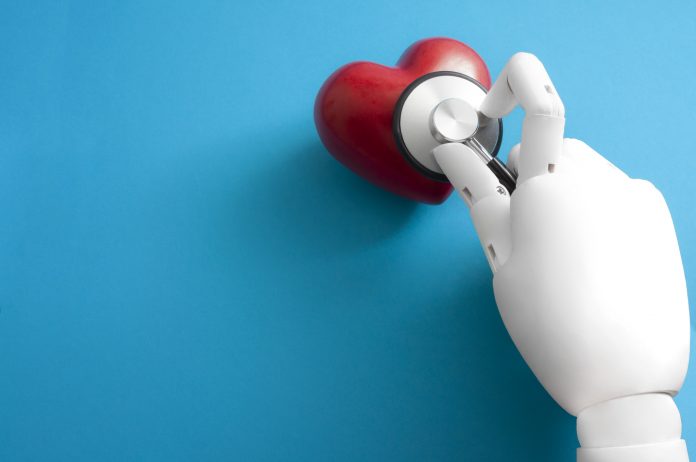Nicholas Kelly, CEO of Axela Ltd, explains why he believes that the future of care lies in tech, not just robots
I love and admire the care industry, however, if I’m being honest, it’s a broken system. This has become more apparent in the last six months with pressure on the system constantly growing. There’s disproportionate cost to spend, an ageing population and declining birth-rate, and the current landscape of the healthcare system is incredibly complex.
Our approach to dealing with current health needs is fragmented and very reactive; it’s difficult to provide individualised and effective care within the current system. Plus, a focus on acute care means that social care traditionally lacks attention and budget, worsening the situation. The list goes on and on. £3,500 is the average weekly cost of a hospital stay and a total of £197.4b is spent on healthcare annually – 70% of this is currently spent on just 30% of the population. Meanwhile, over 60 different systems are routinely used across health and social care.
The future is tech, but not just robotics
Clearly, something needs to change. There are people who believe robots are the future of delivering care, and while I think tech will play a big role, I also strongly believe that no one knows your health and body like you do.
In hospitals of the future, if films and TV are anything to go by, we will be walking through white halls with a combination of holographic and robotic nurses and doctors treating us. This is great, but that assumes you go into hospital and are able to understand what the problem in the first place, which might not be obvious at first sight.
Imagine, instead, a completely connected solution that aims to make the care journey simpler and puts the user at the centre, and makes you an active part of the health understanding. We need a care system that offers accessible care management for everyone, giving carers and users the ability to track symptoms and support medical conditions via connected tech.
It’s bold, however, I believe a user-centric process could be something like this:
- A system monitoring the individual notices a change in vital signs
- It alerts the individual to the change and asks for input
- The care professional sees the information and updates the care record and treatment
- The user views the updated care plan and is able to speak to care professional
- Their condition deteriorates; all information including real-time vital signs are sent to the hospital alerting that the person is coming in with an ETA, automatically triaging them and supplying all data to hospital team about the person
- The individual arrives at hospital and is given targeted treatment
- All health records are updated, new care and support plan are put in place for when the person leaves hospital
- The care professional views data and calls the person to check-in and give them reassurance.
Addressing the fact that 80% of strokes after TIA are preventable
Imagine how a life-saving system like this could be beneficial during something like a TIA or stroke. Around 1 in 10 patients who have a haemorrhagic stroke die before they reach hospital. With more than 100,000 cases in the UK each year, around one stroke takes place every five minutes.
The estimated cost impact of a stroke to the health service is £26 billion per year and there are over 38,000 deaths related to strokes in the UK. However, early tracking and response could be vital – a TIA or “mini-stroke” is often a precursor to a stroke, and over half of all strokes that occur after a TIA go on to happen within 24 hours. With urgent assessment and treatment, over 80% of strokes after TIA are preventable.
Almost a third of people who arrive at hospital after having a stroke did not know when their symptoms started. Around six out of 10 patients arrive there after the crucial four-and-a-half-hour time window or have had a stroke during their sleep so the time could not be calculated.
We also know that survivors are at greatest risk of having another stroke in the first 30 days following their first. With a constantly-on system, monitoring signs and alerting the right people to them, we can help 80% of those that have a stroke and support long term care needs, including social prescribing.
And that’s only part of its potential.
This is not to say robots and smart holograms are not needed; but I believe that all care needs to start with the individual. Understanding what’s normal for that individual allows you to apply the right tool at the right time to support their health needs and reduce long term effects. With connected technology as the facilitator, our sick and elderly would be able to receive the best possible proactive care, based on their individual needs.











